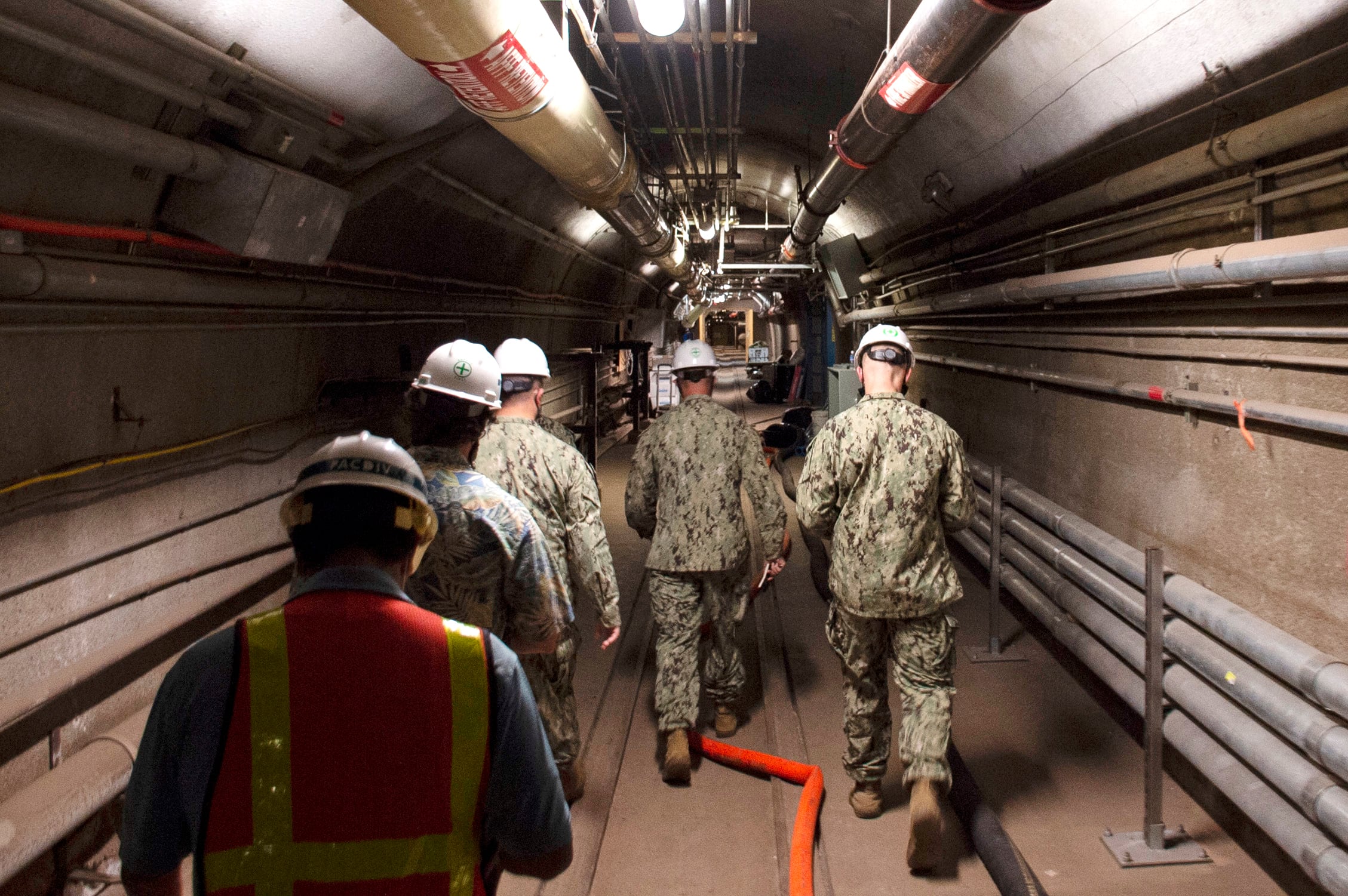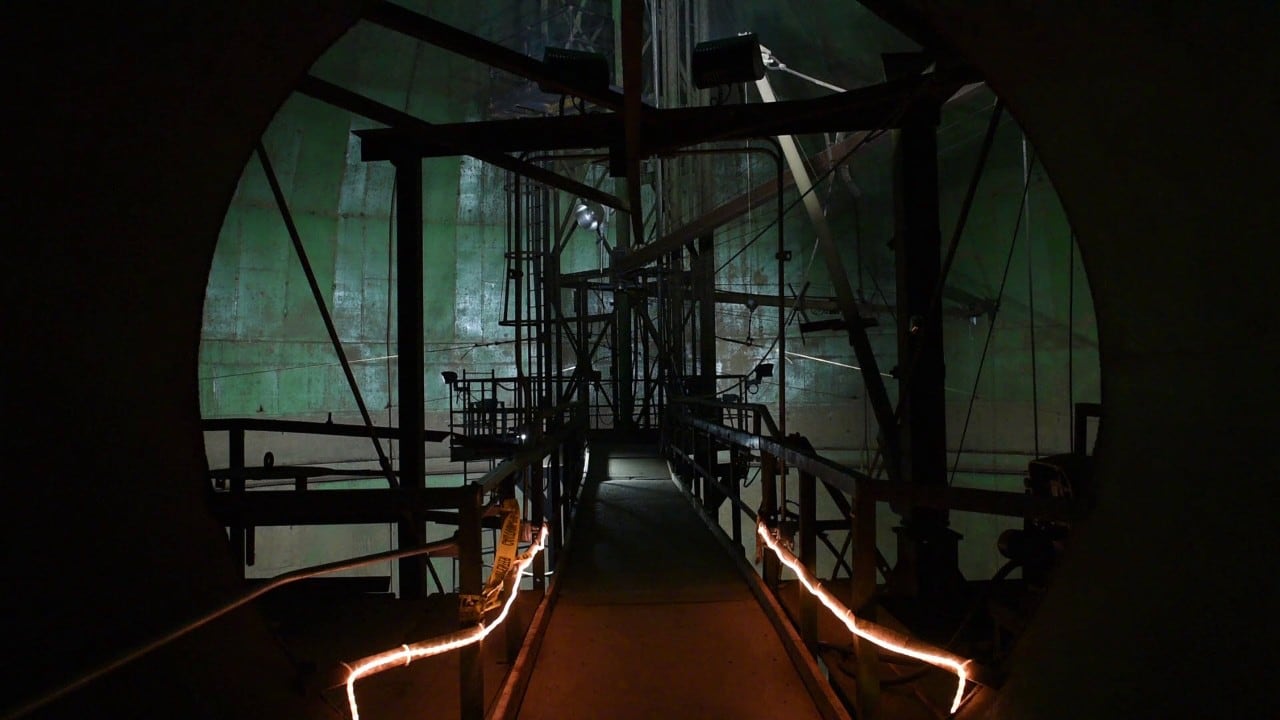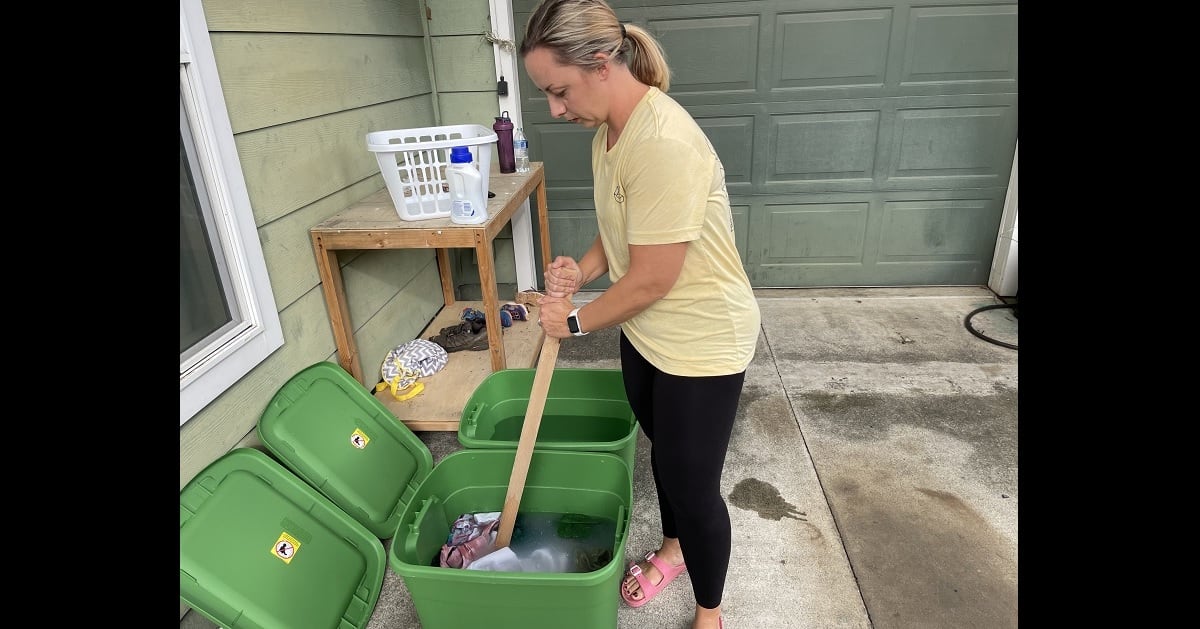Defense Secretary Lloyd Austin’s announcement this month that the Defense Department would defuel and close down the Red Hill Bulk Fuel Storage Facility at Pearl Harbor, Hawaii, was a step toward ending a months-long ordeal in which thousands of military families saw fuel leak into their tap water.
But while the Pentagon’s shuttering of Red Hill seeks to end the water crisis, it also raises questions about how a Navy increasingly focused on war in the West Pacific will fuel the fleet.
The 20 Red Hill tanks were built into a mountain ridge in 1943, and the 25-story-high containers can collectively hold a quarter-million gallons of fuel.
They also sit 100 feet above an aquifer that hundreds of thousands of Oahu residents rely upon for water.
Officials have blamed the fuel leak that has affected more than 9,000 Army, Navy and Air Force households on an “operator error” in November.
RELATED

Austin’s March 7 statement announcing the closure notes that the military is already moving toward more distributed refueling options, and that a centralized fuel hub like Red Hill “makes a lot less sense now” than it did 79 years ago.
“The distributed and dynamic nature of our force posture in the Indo-Pacific, the sophisticated threats we face, and the technology available to us demand an equally advanced and resilient fueling capability,” Austin said. “To a large degree, we already avail ourselves of dispersed fueling at sea and ashore, permanent and rotational. We will now expand and accelerate that strategic distribution.”
To be sure, there are plenty of Defense Logistics Agency fuel points and options for gassing up from Japan to Singapore and Australia, according to Bradley Martin, a retired Navy surface warfare officer and current director of the RAND Corporation’s National Security Supply Chain Institute.
But should a war break out, all those links in the refueling chain will be targeted, and Red Hill is a well-fortified and hard-to-replace position for storing massive amounts of fuel.
“It’s going to complicate how the joint force would deal with a contingency,” Martin said. “They’ll have to come up with some sort of alternative to keep the supply of fuel going in the event a war should start. That’s going to be difficult.”
Austin has given Navy and Defense Logistics Agency leadership until May 31 to come up with a plan for “safe and expeditious defueling” of Red Hill, to be completed in a year.
RELATED

While the Pentagon will likely assess putting more fuel afloat via continuously underway tankers to resupply the West Pacific, Martin said he thinks the options for another mass fuel storage site in Hawaii will be “fairly limited.”
“There are aboveground tanks, those will be helpful for storage on a day-to-day basis, but when we start worrying about things being attacked, that’s going to probably be something we’d rather not deal with,” he said. “It’s all going to make the war in the Western Pacific, should it occur, more complicated.”
Building another Red Hill-type facility in Hawaii is likely out of the question because of costs and environmental studies that could take a generation to resolve, said Martin, who called the shuttering of Red Hill “inevitable.”
“You can’t dump fuel into the drinking water of a major city and expect there not to be consequences,” he said. “Now that is has happened, they’re going to have to figure out a way to deal with it.”
The United States dodged a bullet when the Japanese attacked Pearl Harbor on Dec. 7, 1941, because they did not strike the aboveground fuel storage there, and that’s why building Red Hill underground was of such importance back then, according to Mark Cancian, a retired Marine Corps colonel and senior advisor with the Center for Strategic and International Studies.
“If the Japanese had gone after the fuel farm, it would have made operations in the Pacific much more difficult,” Cancian said.
RELATED

Cancian questioned the efficacy of having a bunch of afloat fuel tankers bobbing in the Pacific should war with China break out, but he added that there’s already “a broad recognition” that supply lines in general would be vulnerable in such a situation.
While the November fuel leak remains under investigation, Red Hill may also offer the Pentagon and Navy a tough lesson about the perils of putting off infrastructure maintenance.
“That type of maintenance is typically an easy thing to defer, because you don’t necessarily see the disaster until it happens,” Martin said. “A quick look at the Navy’s budget execution will tell you that base operating support, that type of stuff, has been underfunded and we’re seeing the consequences.”
The Sierra Club alleges that the Red Hill facility has suffered at least 73 leaks since it was built, though the Navy denies this, the Honolulu Civil Beat reported in December.
The Hawaii Department of Health recommended that the Navy implement groundwater monitoring wells and leak detection systems back in 2008, and 27,000 gallons of fuel escaped from one tank in 2014, Honolulu Civil Beat reported.
“If things aren’t correctly maintained, eventually they’re going to fail in a way that is unfortunate and is going to create a crisis,” Martin said. “And that’s sort of what happened here.”
RELATED

Defense officials are asking for a $1 billion fund for expenses related to the fuel-tainted water in Hawaii — from continuing needs of military families, to draining the fuel storage tanks and more cleanup as part of the Fiscal Year 2023 budget request released this week.
The new “Red Hill Recovery Fund” ask is in addition to the $1 billion that Congress has already provided to deal with the effects of the fuel leak DoD Comptroller Michael J. McCord, said during a Monday press briefing.
McCord said the $1 billion investment represents the commitment by Secretary of Defense Lloyd Austin “to do the right thing by our military families and our neighbors in Hawaii.”
Geoff is the managing editor of Military Times, but he still loves writing stories. He covered Iraq and Afghanistan extensively and was a reporter at the Chicago Tribune. He welcomes any and all kinds of tips at geoffz@militarytimes.com.





